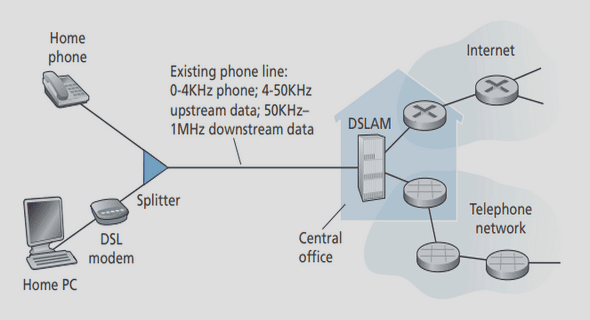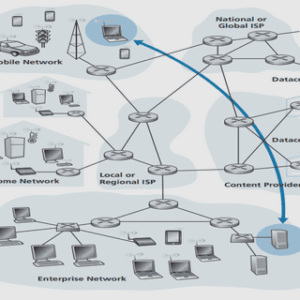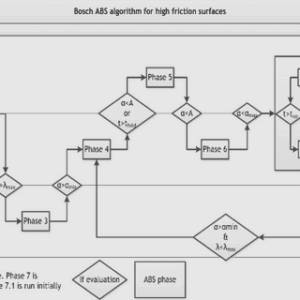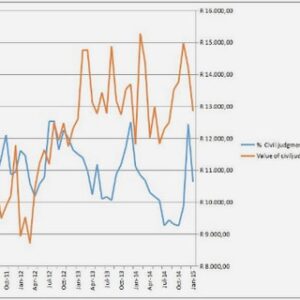(Downloads - 0)
For more info about our services contact : help@bestpfe.com
Table of contents
1. Introduction
1.1 Background
1.2 Previous Research Around the Problem
1.3 Purpose of the Research
1.4 Research Question(s)
1.5 Importance and Significance of the Research
1.6 Proposed Model for Thesis Report
2. Literature Review
2.1 Online Search Criteria
2.2 What is Internet of Things (IoT)
2.3 What are Internet of Things (IoT) Devices
2.4 How Internet of Things (IoT) works?
2.5 Components of Internet of Things (IoT) Eco System
2.6 Internet of Things (IoT) and its Enabling Technologies
2.7 Protocols for Internet of Things (IoT)
2.8 Architecture of Internet of Things (IoT)
2.8.1 Three Layer and Five Layer Models of IoT
2.8.2 Security & Privacy Threats in Different Layers of IoT Architecture
2.9 IoT and its Impact on People, Society, Businesses & Industries
2.9.1 Authentication
2.9.2 Authorization
2.9.3 Privacy
2.9.4 Confidentiality
2.9.5 Integrity
2.9.6 Self Configuration
2.9.7 Availability
2.9.8 Trust Management
2.9.9 Key Management
2.9.10 Software Authenticity
2.9.11 Physical Security of Devices
3. Methodology
3.1 Research Paradigm & Methodology
3.2 Research Strategy
3.3 Research Approach
3.4 Data Collection & Data Collection Methods
3.4.1 Semi-structured Interviews
3.4.1.1 How Data was Collected during Interviews
3.4.2 Focus Groups
3.4.2.1 Components of a Focus Group
3.4.2.2 How Focus Group Session was Conducted
3.5 Data Analysis
3.5.1 Grounded Theory
3.5.1.1 How Grounded Theory is Applied on Collected Data
3.6 Research Standards
3.7 Limitations of the Study
3.8 Expected Contributions
3.9 Ethical Considerations
4. Empirical Findings
4.1 Data Collection from Interviews
4.2 Data Collection from Focus group Session gs
5. Discussion
5.1 Familiarity with Smart Homes and Internet of Things
5.2 Use of technology and smart devices
5.3 IoT devices as an improvement in quality of life
5.4 Ordinary security resilience
5.5 3rd party involvement
5.6 Lack of true security and privacy understanding
5.7 Willing to buy smart home devices again
6. Conclusion
6.1 Contribution
6.2 Future Research
7. References




